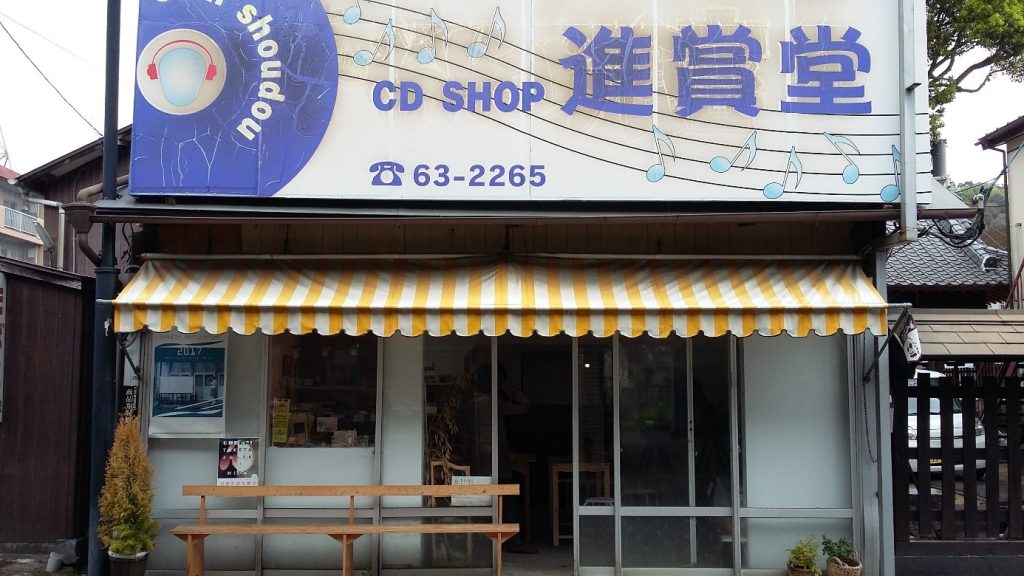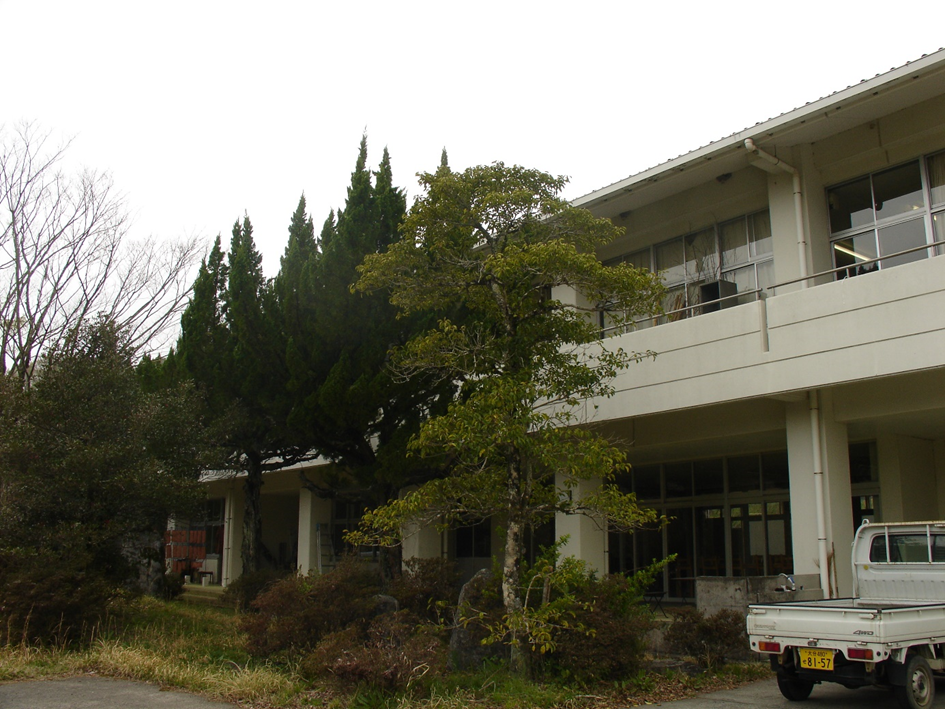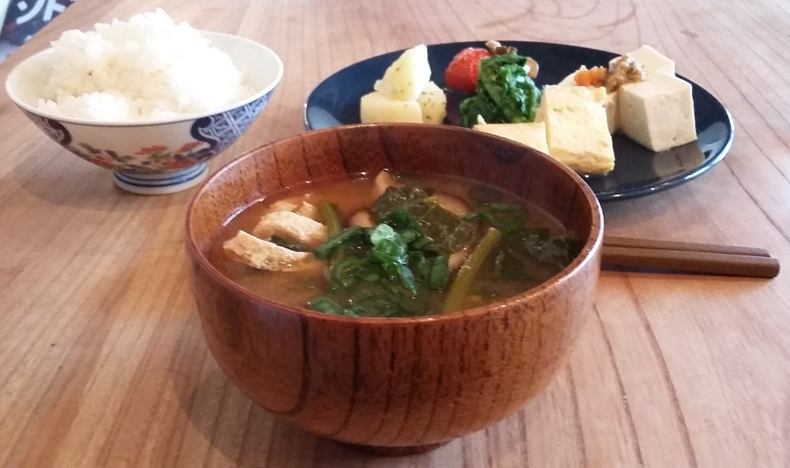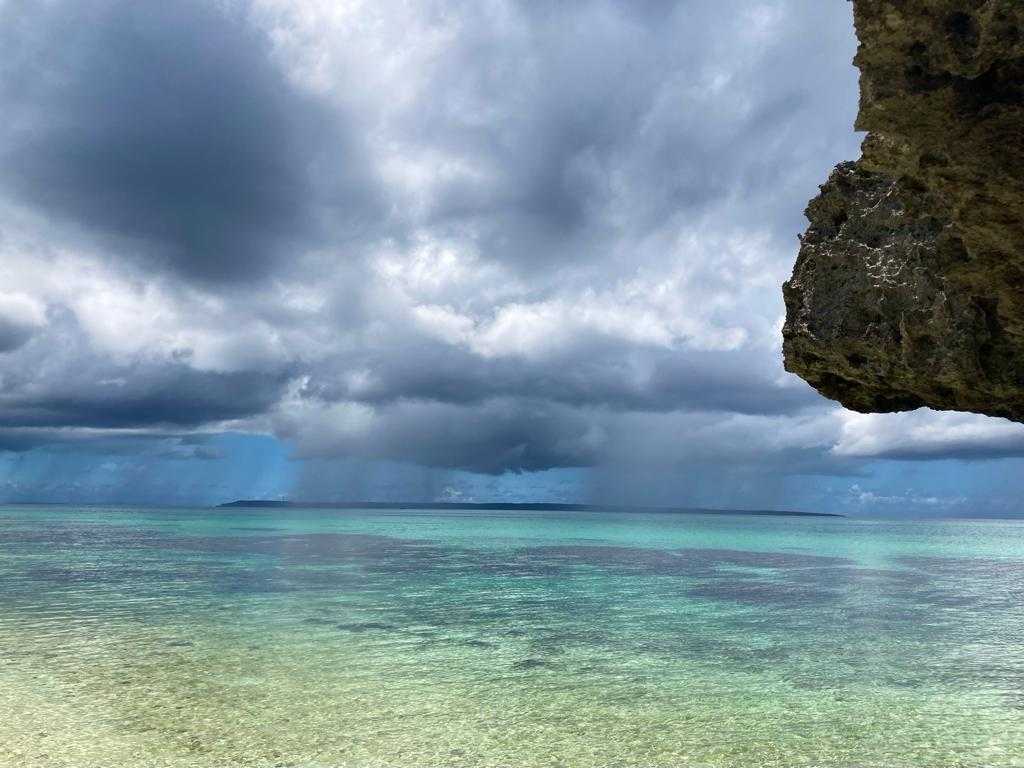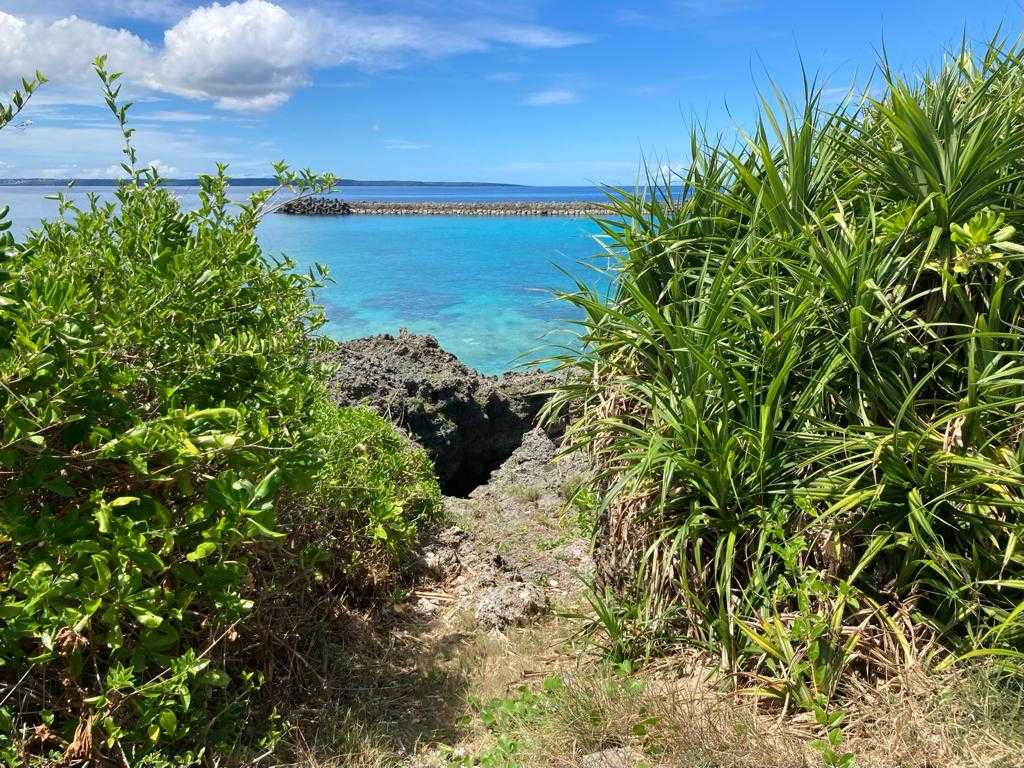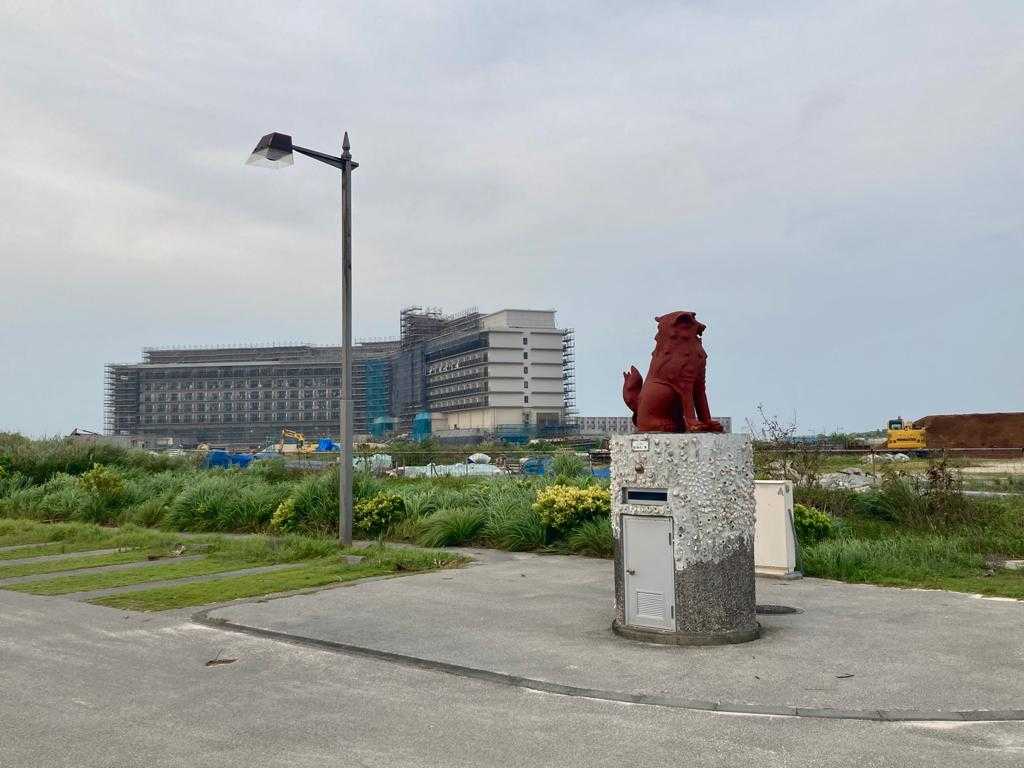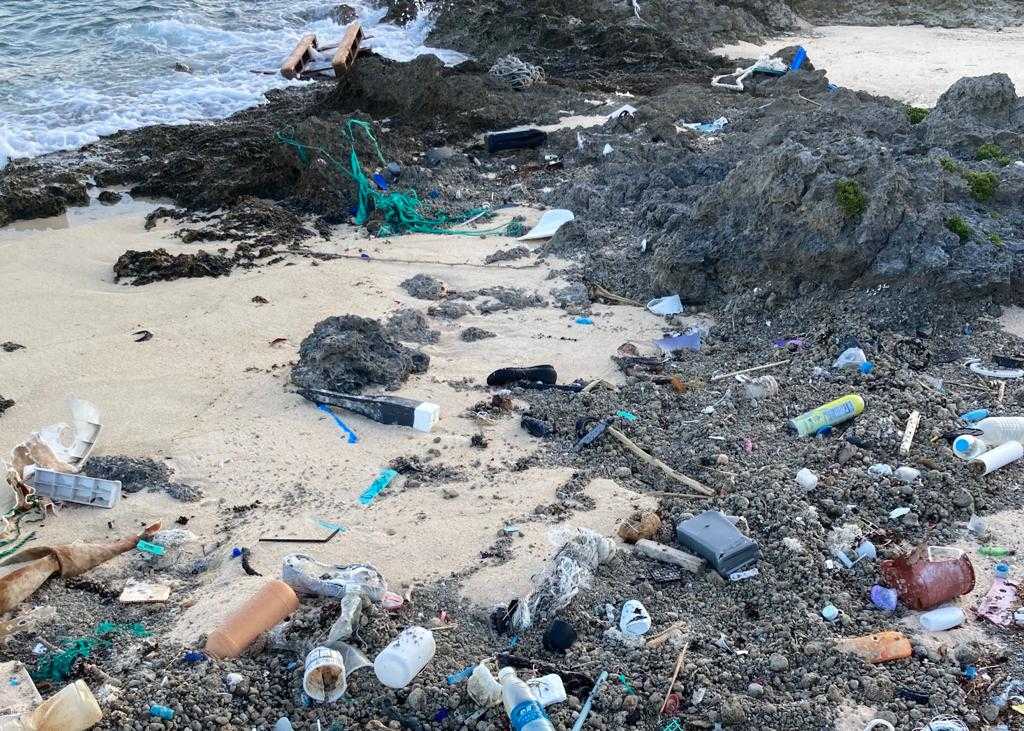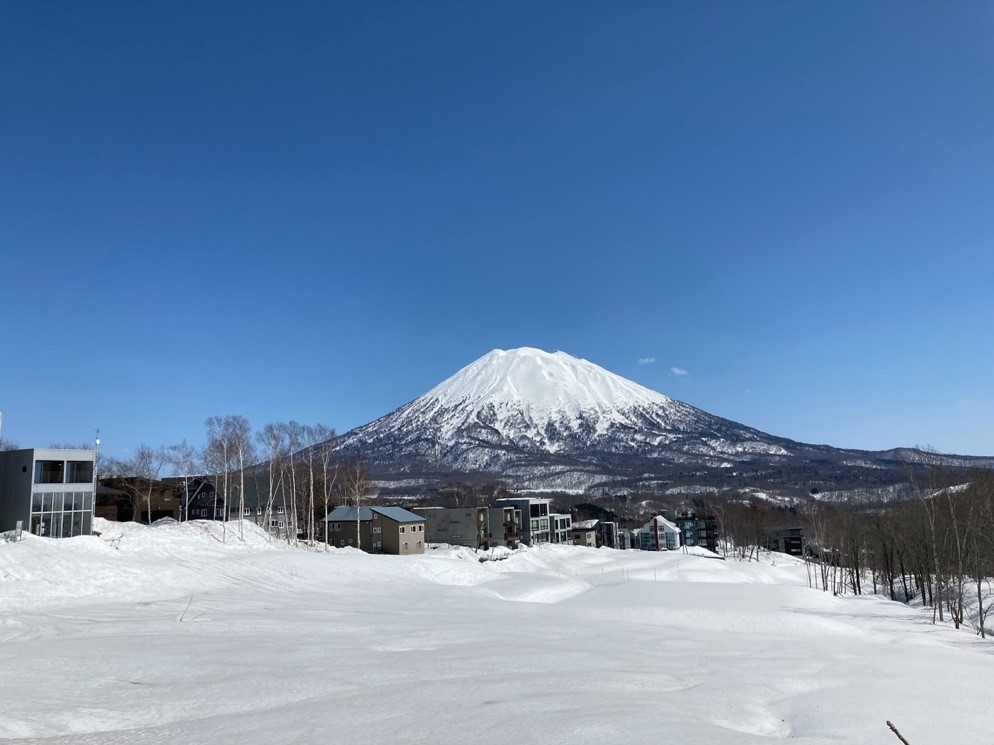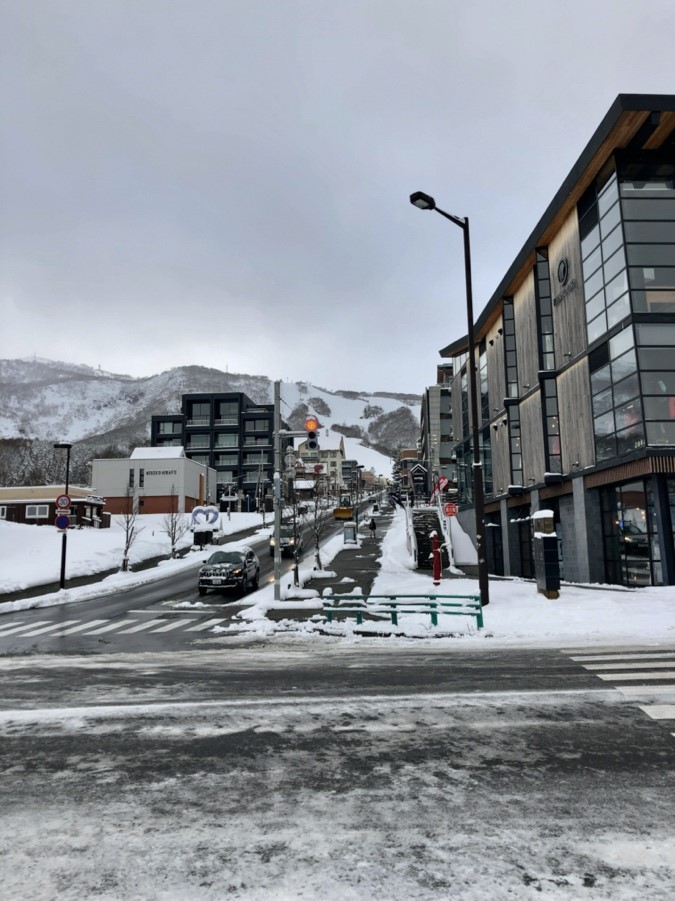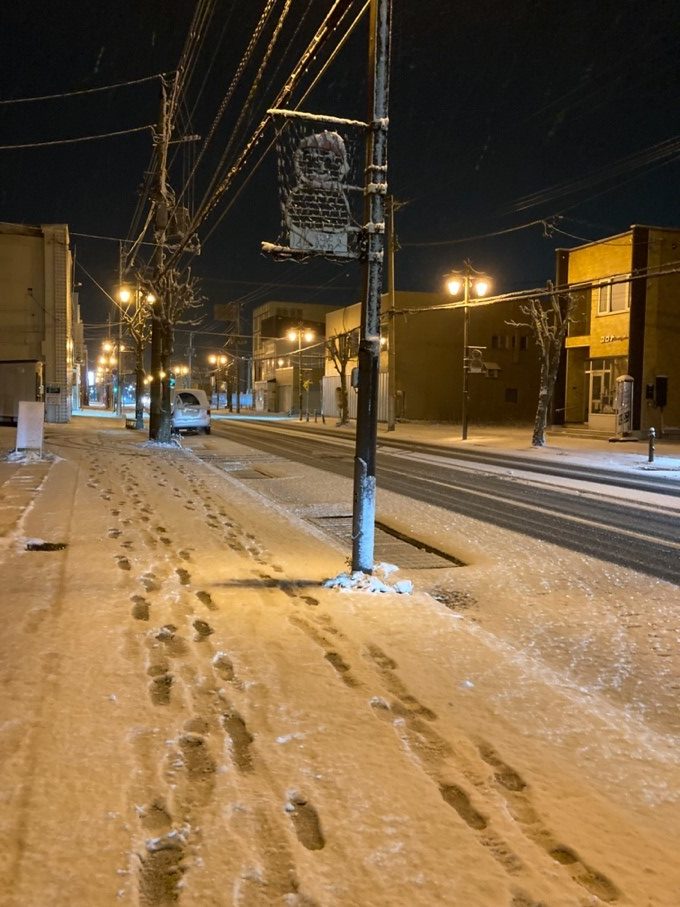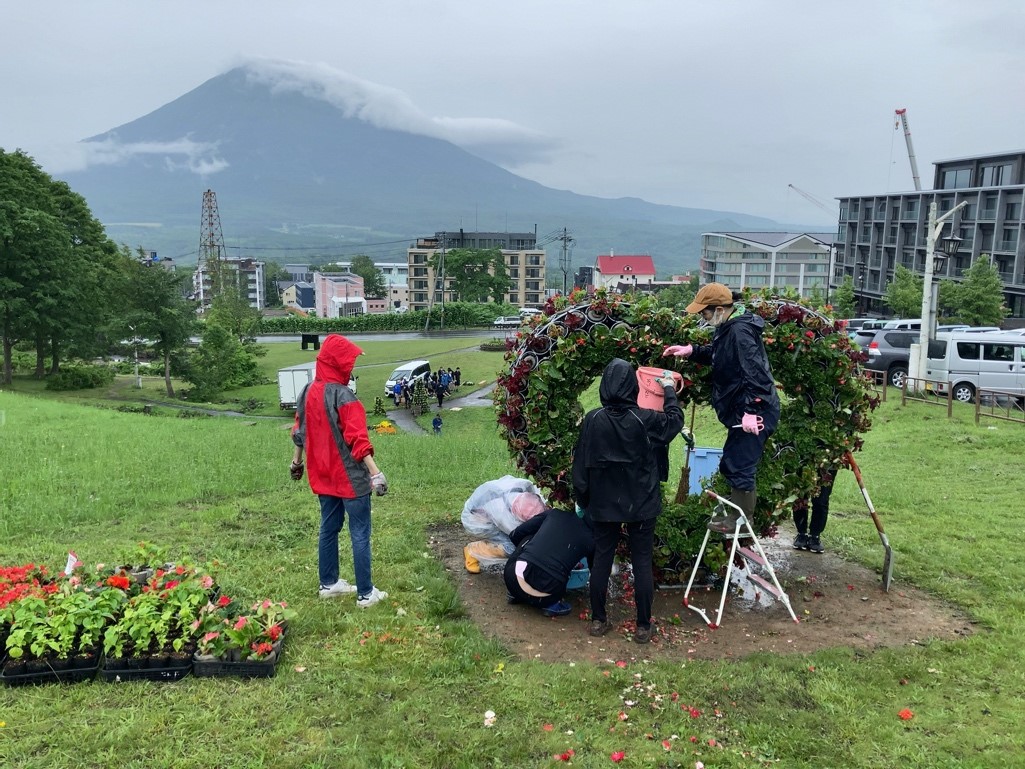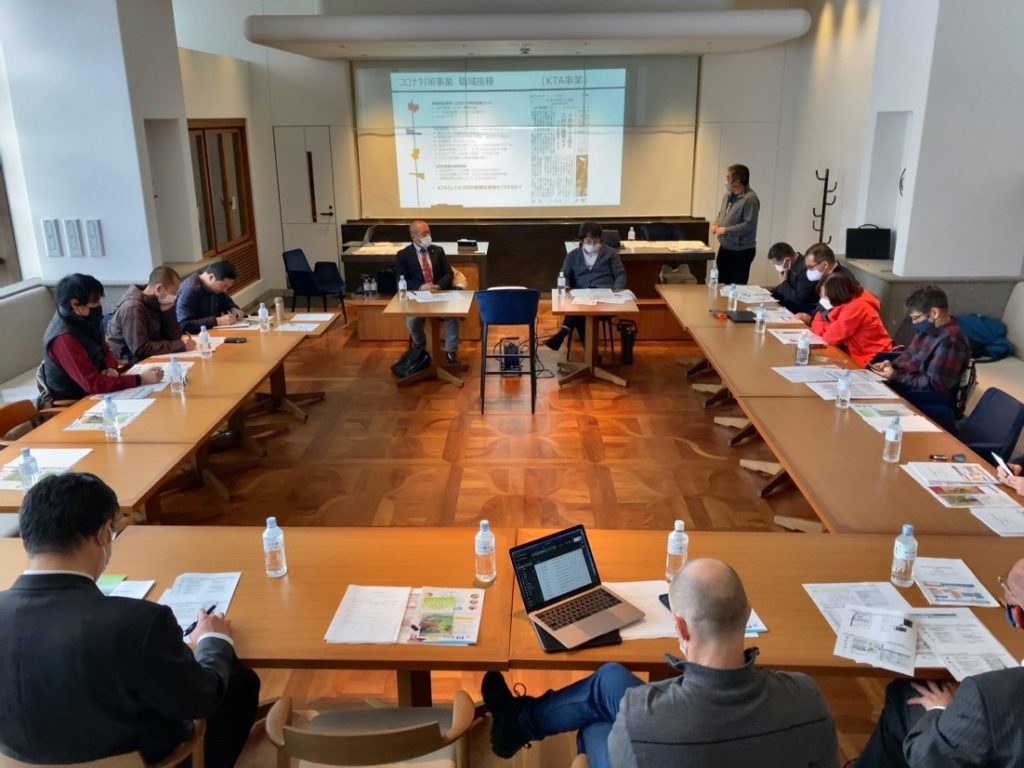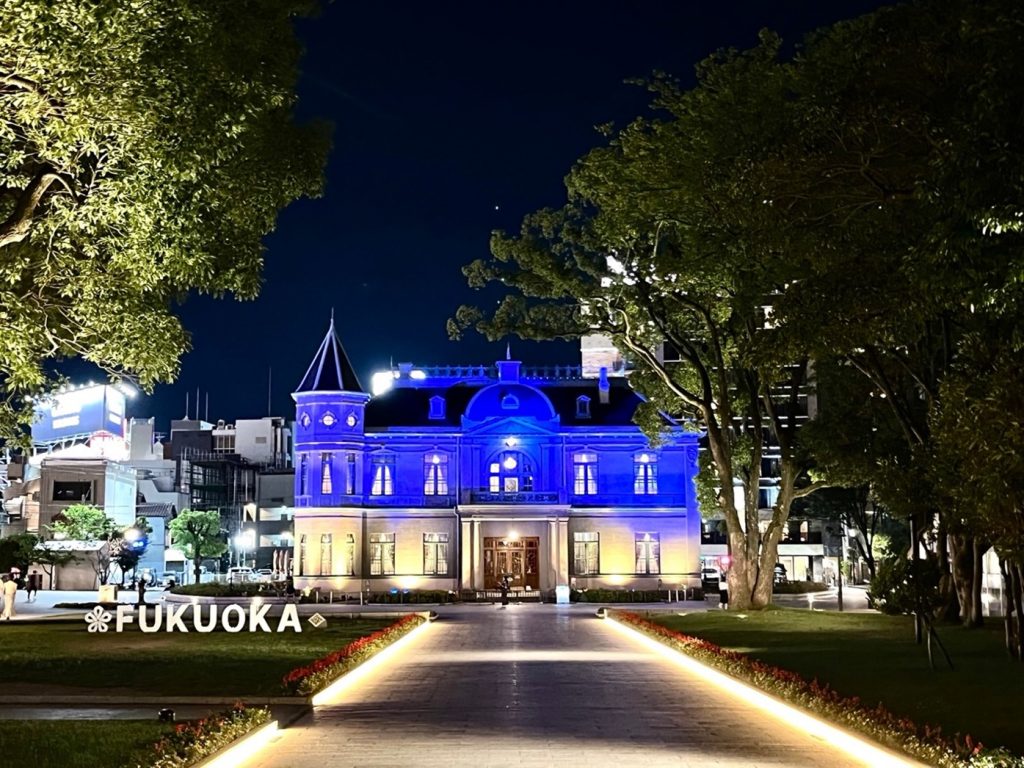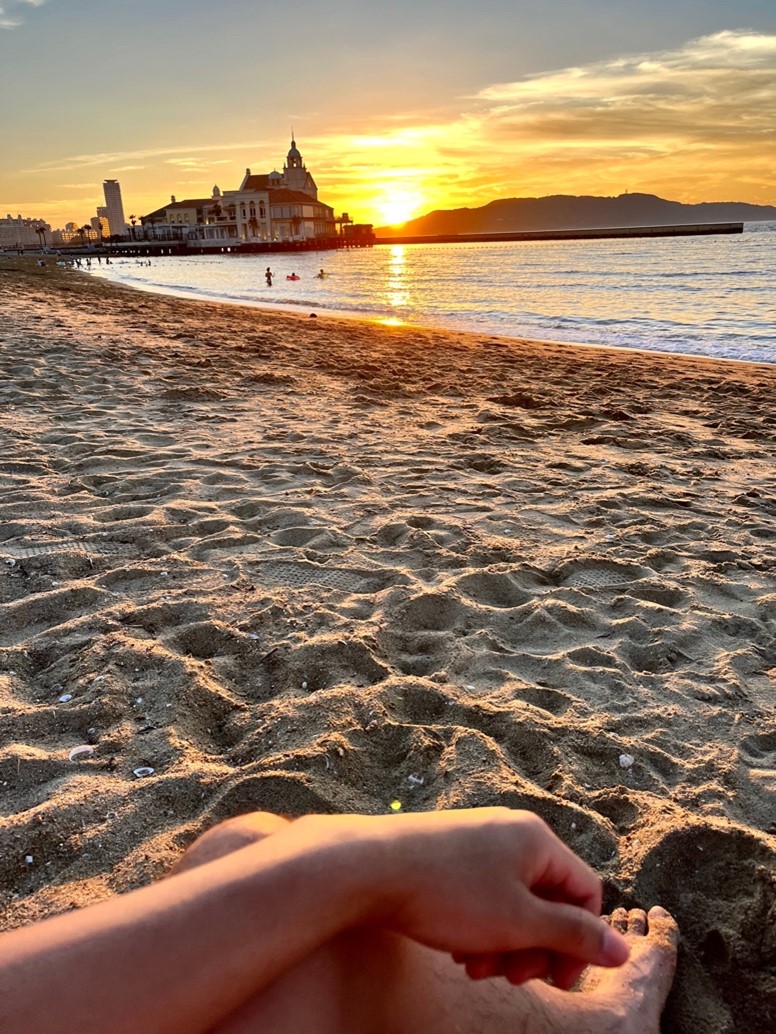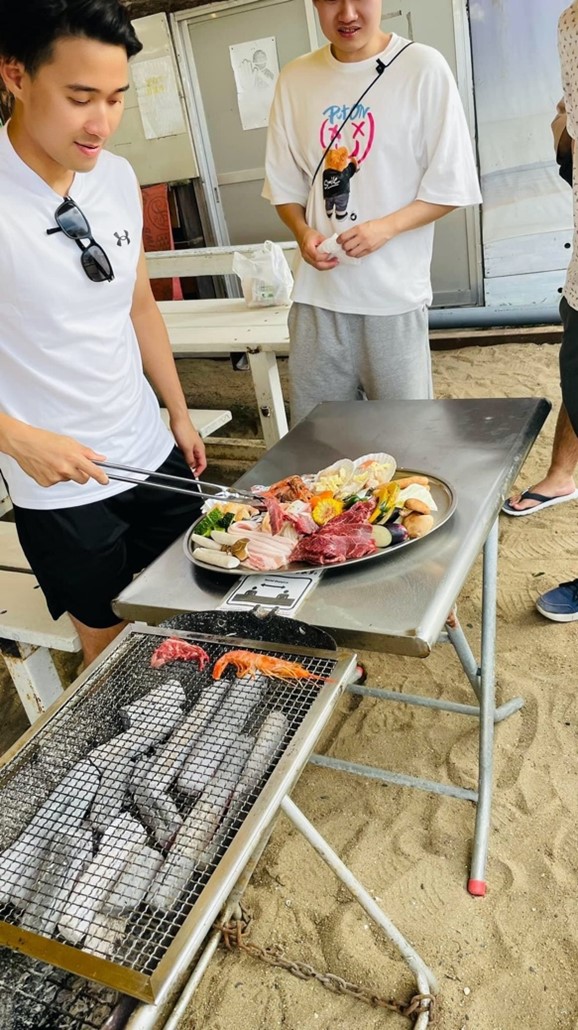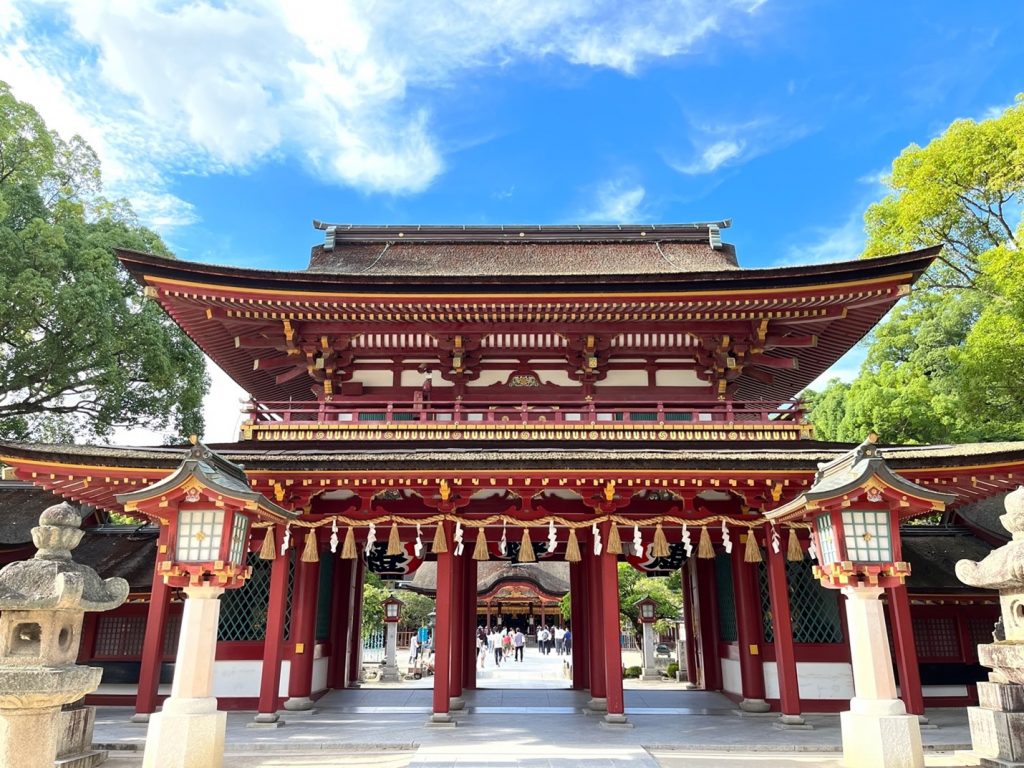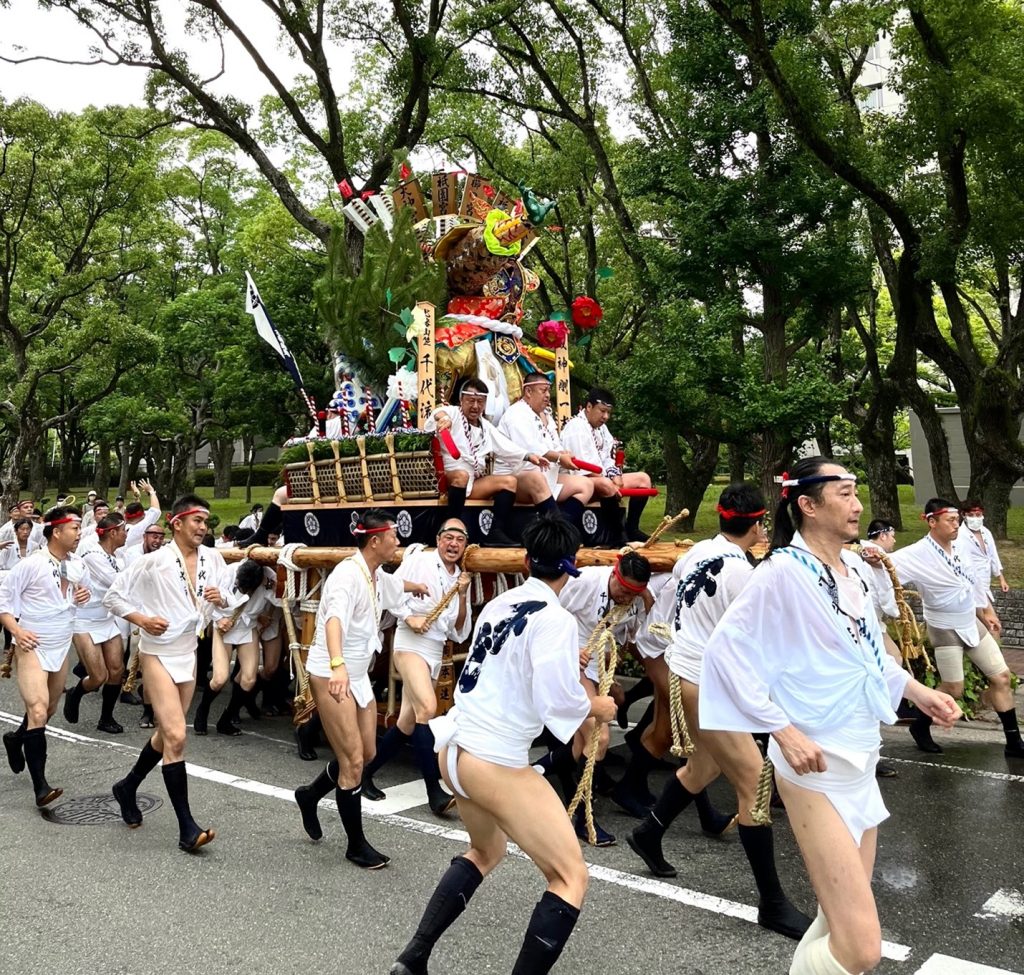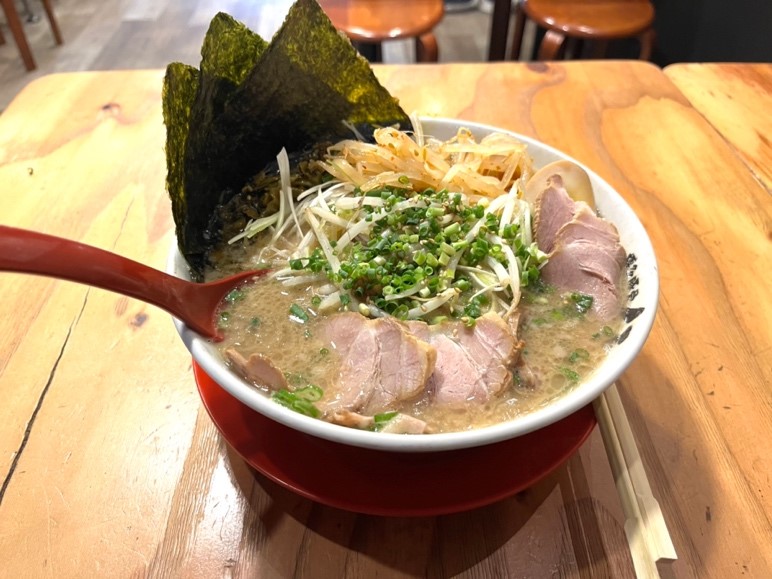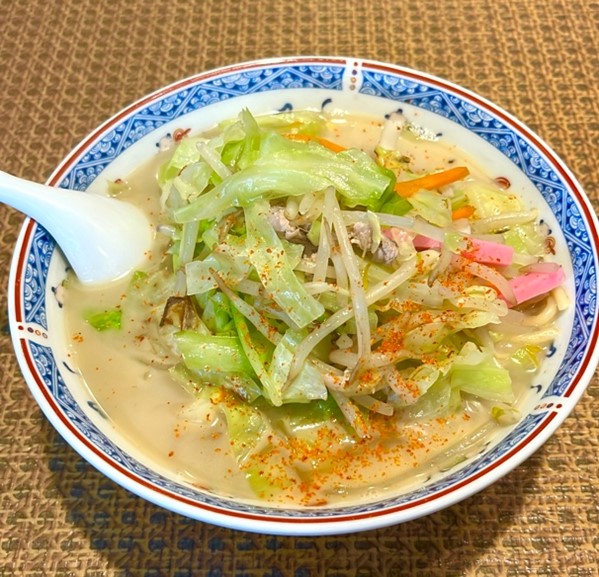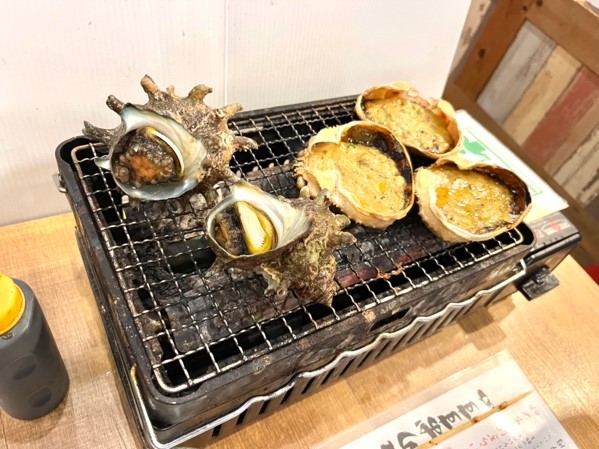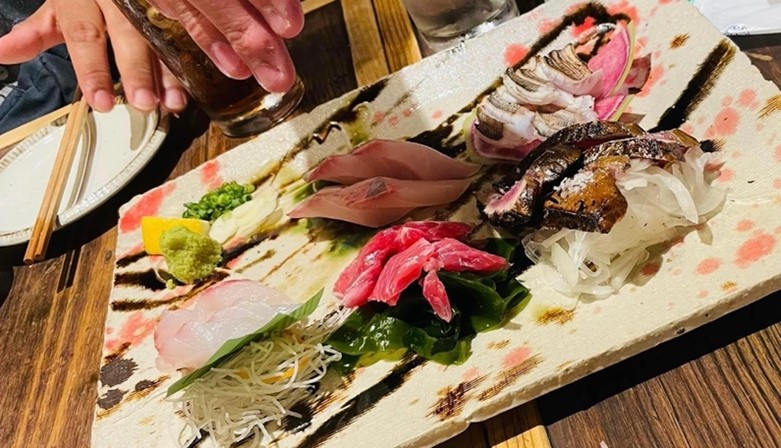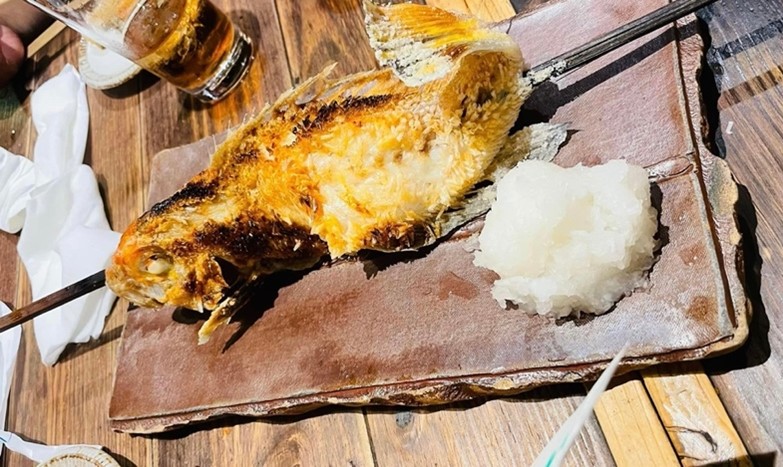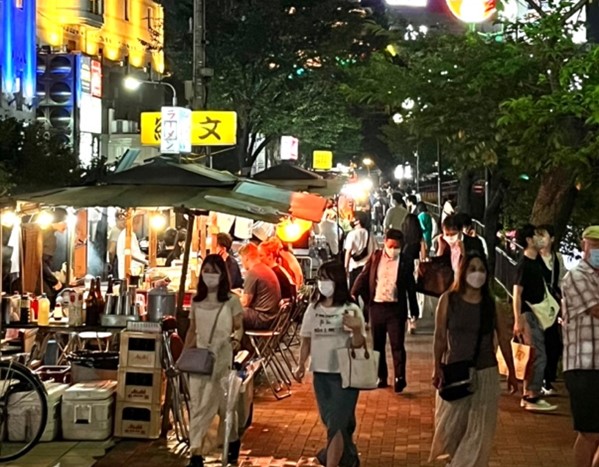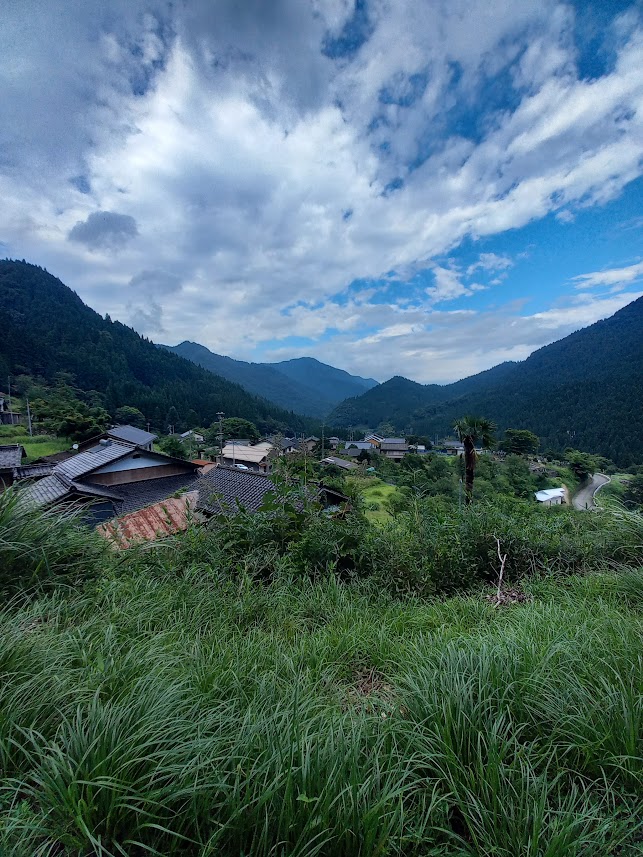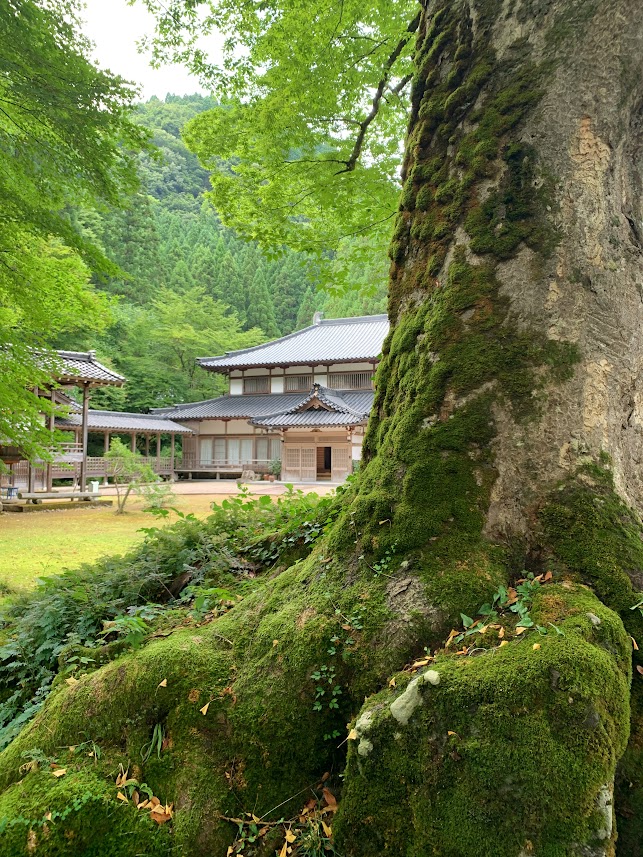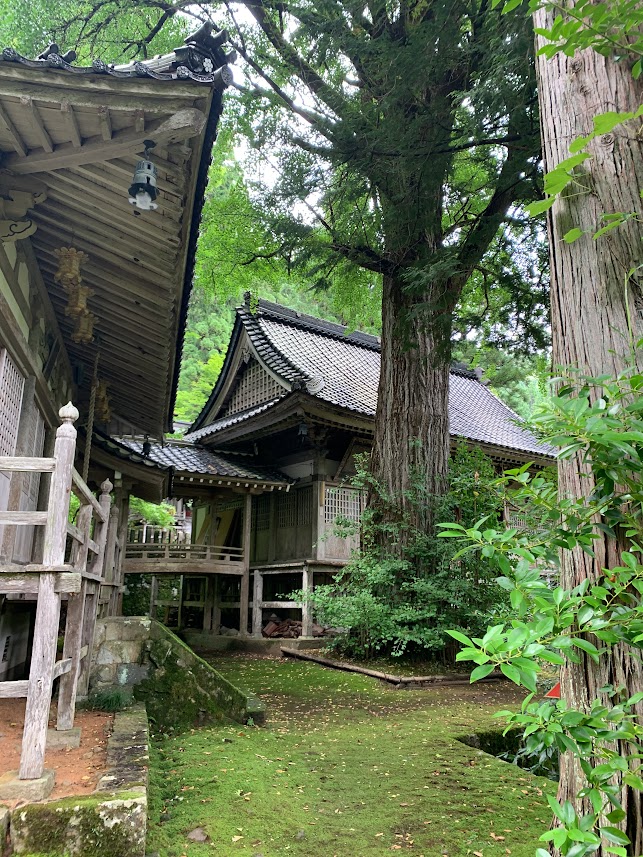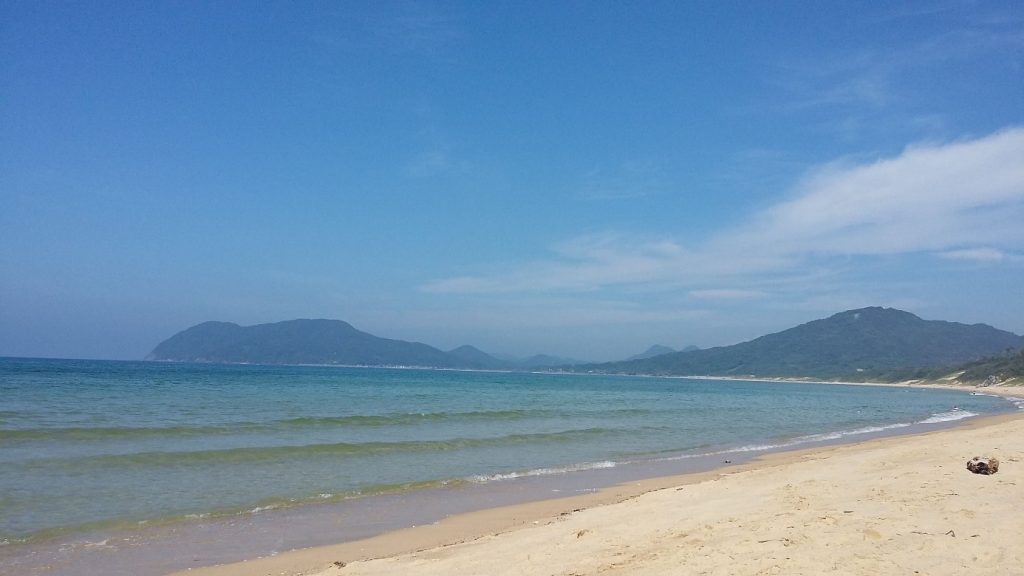Phd research with a kid — part 2
by Cecilia Luzi
It’s been a year since I returned from maternity leave last September. When I wrote the first post for this blog about my experience of raising a child as a PhD student, I talked mostly about what it felt like to return to work after giving birth. I remember being very confused at the time: I didn’t know exactly what to expect or how to approach the various stages of the PhD process with a young child. What worried me the most was the fact that I had to leave Europe to start fieldwork in Japan. Now, I am about to leave for Japan and feel that I am learning to be an anthropologist and a mother at the same time, with all the enthusiasm and anxiety that accompany any new beginning. Although I know that having my son and partner in the field with me is a wonderful opportunity for the mother and anthropologist I want to become, the newness of it all scares me a little.

Copyright © Cecilia Luzi 2021
Over the past year, I have been juggling the uncertainty and insecurity left by the Covid 19 pandemic and the need for constant care and attention that a child in the first year of life requires. My partner and I began preparing all the necessary documents in November 2021, hoping to leave for Japan by the end of the year. For this reason, we decided not to start looking for a kindergarten for our son right away. He was about six months old at the time, and we didn’t want to take him somewhere, let him settle in, and then take him out two months later at that age. However, when the Omicron variant showed up at the end of November and the Japanese government closed the borders again, it became increasingly clear to us that we could not leave so soon. Moreover, we had no idea when and if at all fieldwork in Japan would be possible. After a year of my doctoral work, I was tired of going through the cumbersome bureaucratic procedures to apply for a visa, so in March 2022, we decided to postpone our departure until the fall and I began to collect data with online interviews. At that time, we started looking for a kindergarten for our one-year-old son and only started the Certificate of Eligibility (CoE) application process again in summer. We had to go through the entire process from scratch because our host institutions in Japan had changed. Now the last documents are on their way and soon we will go to the embassy to get the visas in our passports.
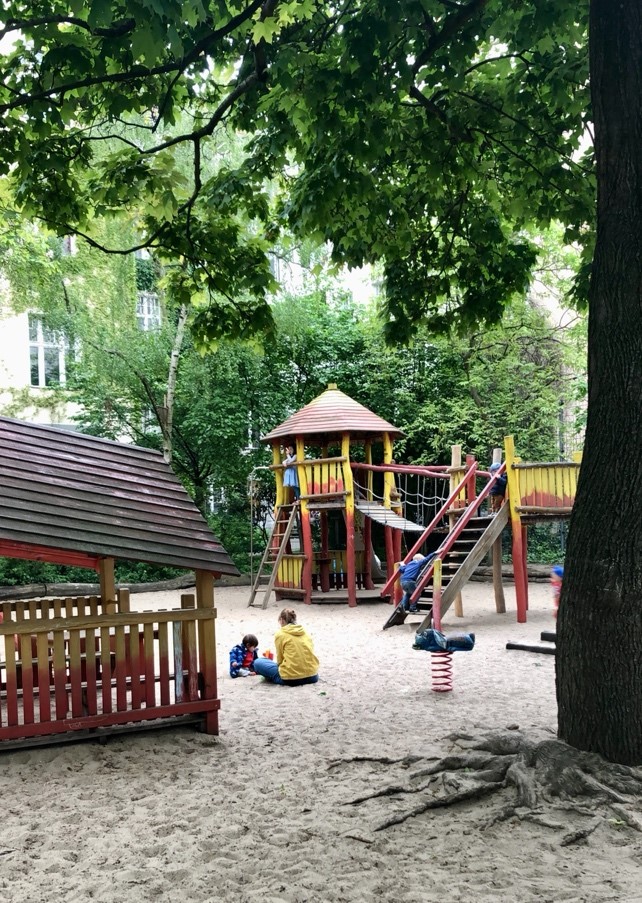

Right: Getting ready for Japanese meals from the very beginning! Copyright © Cecilia Luzi 2021
For me, organizing a long fieldwork in Japan without knowing the exact start date for months meant learning how to manage an upcoming move by making sure to respect the schedule and necessities of the rigid routine of a child’s first year of life. Specifically, CoE applications alternated with urgent emails to kindergartens in Berlin and pediatrician appointments for mandatory immunizations had to be juggled with Zoom meetings with our host universities in Japan. Today I know that what was for us a long time of postponements and cancellations, fatigue and frustration, was for my son the year of his life, when he ate spaghetti with tomato sauce for the first time, learned to walk around the living room singing songs and making dog noises when he met one on the street. It was a very emotional moment to see him go to to kindergarten for the first time and gradually become independent from me.
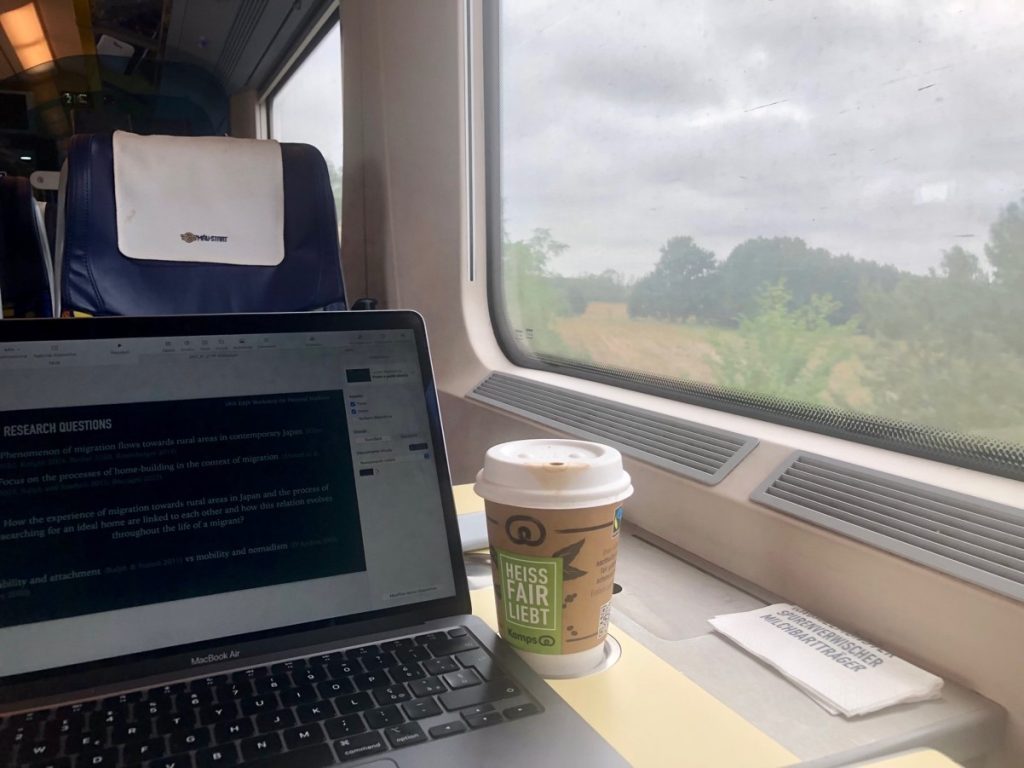
Copyright © Cecilia Luzi 2022
Lately I have been thinking about what fieldwork and motherhood might have in common, and this has helped me to see my fears from a different perspective. I am learning to reflect and be aware of my own position, to consider my role and how I perceive myself in contact with others, and I believe this is part of both ethnography and motherhood. Although I realize that the two can be very similar, it scares me that I will have to learn to work in the field and take care of my child at the same time. Will I be good enough to do this for him and for my research? How can I find the time to write notes every night, pay attention to his needs, keep track of what is happening around me, and respond to my growing child’s explosive curiosity? I feel like I’m taking a leap into the void, but perhaps this fear of the unknown is ultimately exactly the feeling one should have when embarking on the field during one’s PhD or becoming a first-time mother.

